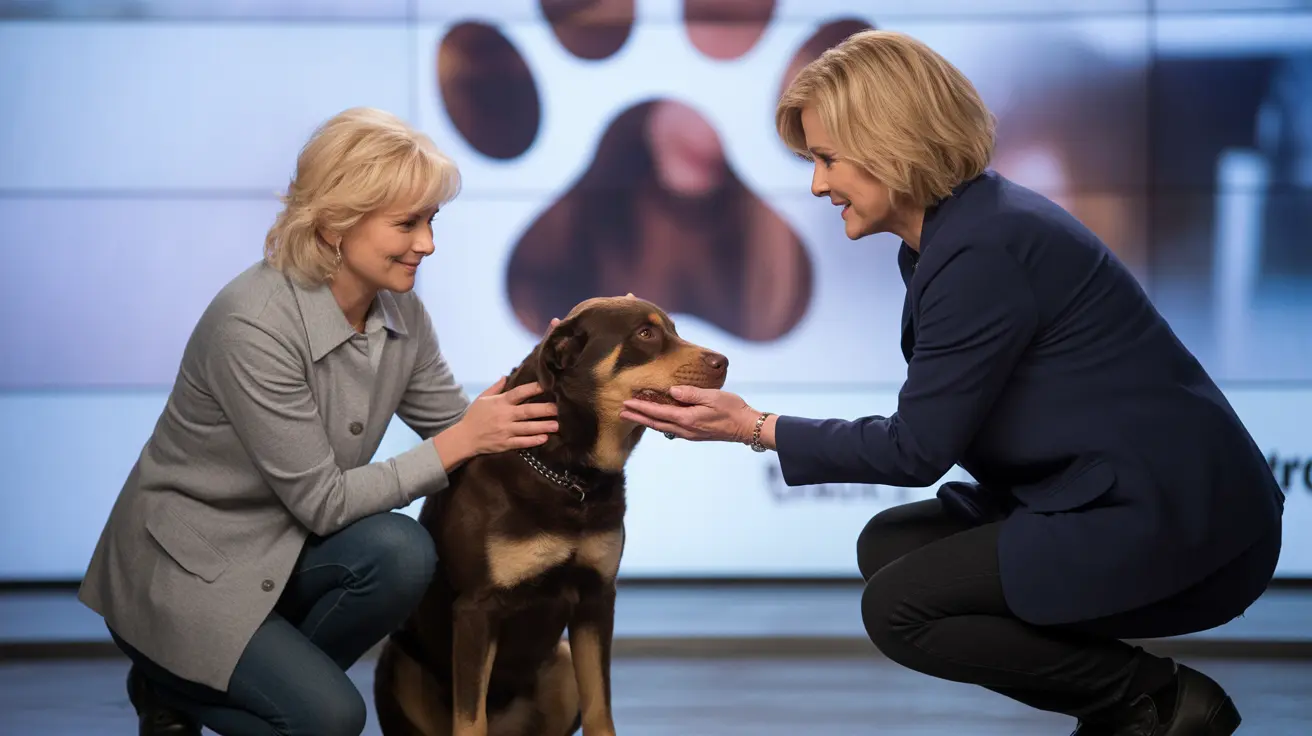How to Show Your Dog You Are the Leader (Not the Alpha)
Building a healthy and respectful relationship with your dog doesn't require outdated methods based on portraying yourself as the 'alpha.' Modern animal behaviorists and trainers emphasize
positive reinforcement and
clear structure as more humane and effective ways to lead your dog.
Understanding the Misconception of Alpha Theory
The concept of being the "alpha" stems from outdated studies on captive wolves, which falsely painted wolf packs and by extension dogs as requiring a dominant leader through force. Subsequent research has proven that
wolves operate in family groups, not hierarchies based solely on dominance. Applying this misunderstood model to dogs can damage your bond.
What Leadership Truly Means to Dogs
Dogs thrive under calm, consistent leadership where they understand what is expected of them. Instead of trying to appear dominant, focus on showing your dog that:
- You provide safety and structure.
- You control valuable resources like food and toys.
- You communicate clearly and calmly.
- You reward desirable behaviors.
Steps to Become a Confident Leader for Your Dog
Here are actionable ways to demonstrate leadership:
- Implement Routines: Dogs feel secure with predictable routines. Feed, walk, and train at the same times each day.
- Use Positive Reinforcement: Reward good behavior with treats, praise, or play. This encourages repetition of those behaviors.
- Set Clear Rules and Boundaries: Decide what is acceptable and stick to it. If your dog isn’t allowed on furniture, be consistent every time.
- Train Obedience Commands: Teach basic cues like “sit,” “stay,” and “come.” Responsive dogs are more confident and secure.
- Practice Impulse Control: Teach your dog to wait patiently for food or before going out the door. This builds respect and calmness.
- Show Calm Confidence: Dogs mirror your emotional energy. Staying relaxed and assertive helps your dog feel safe and look to you for guidance.
- Exercise Regularly: Physical and mental stimulation reduces anxiety, boredom, and unwanted behaviors.
- Socialize Gradually: Help your dog interact with other dogs and people in a positive, controlled way to reduce reactivity and fear.
- Manage Resources: Use food, toys, and play as a way to reinforce your guidance. For example, ask for a “sit” before giving a treat.
- Avoid Physical Punishment: Hitting or physically forcing submission damages trust. Correct undesirable behavior through redirection.
Why You Should Avoid Dominance-Based Training
Techniques like alpha rolls, shouting, or forcibly taking toys from your dog can:
- Increase stress and anxiety in your dog.
- Lead to fear-based aggression.
- Damage your dog’s trust in you.
- Fail to address the root of behavioral issues.
Instead, modern training views you as a
benevolent leader, not a dominating alpha. Dogs don't need to be "put in their place"—they need guidance and clarity.
How Dogs View Social Structure
Dogs view relationships in terms of learned experiences and environmental associations. They follow those who
consistently meet their needs and help them understand how to navigate the world safely.
Watch for Behavioral Signals
Signs your dog recognizes your leadership include:
- Looking to you for direction in new situations.
- Responding reliably to cues.
- Maintaining calm behavior during routines.
- Taking your guidance on walks and at home.
When to Seek Professional Help
If your dog shows signs of fear, anxiety, or aggression, avoid assuming it's a dominance issue. Work with a certified trainer or behaviorist to design a positive training plan tailored to your dog’s needs.
Conclusion
To lead your dog effectively, focus on
structure, clarity, affection, and consistency. The best relationships come from mutual respect, not fear. You don’t need to be the “alpha”—you need to be a confident, kind leader who brings out the best in your dog.





